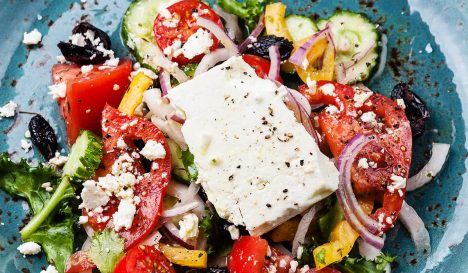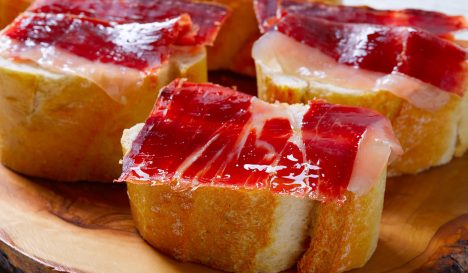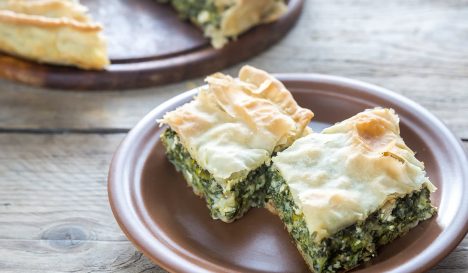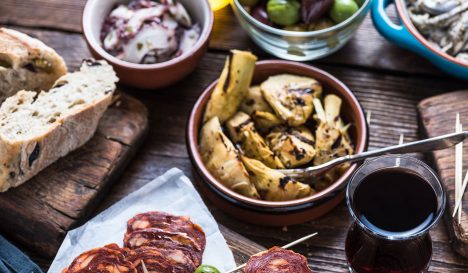Manchego
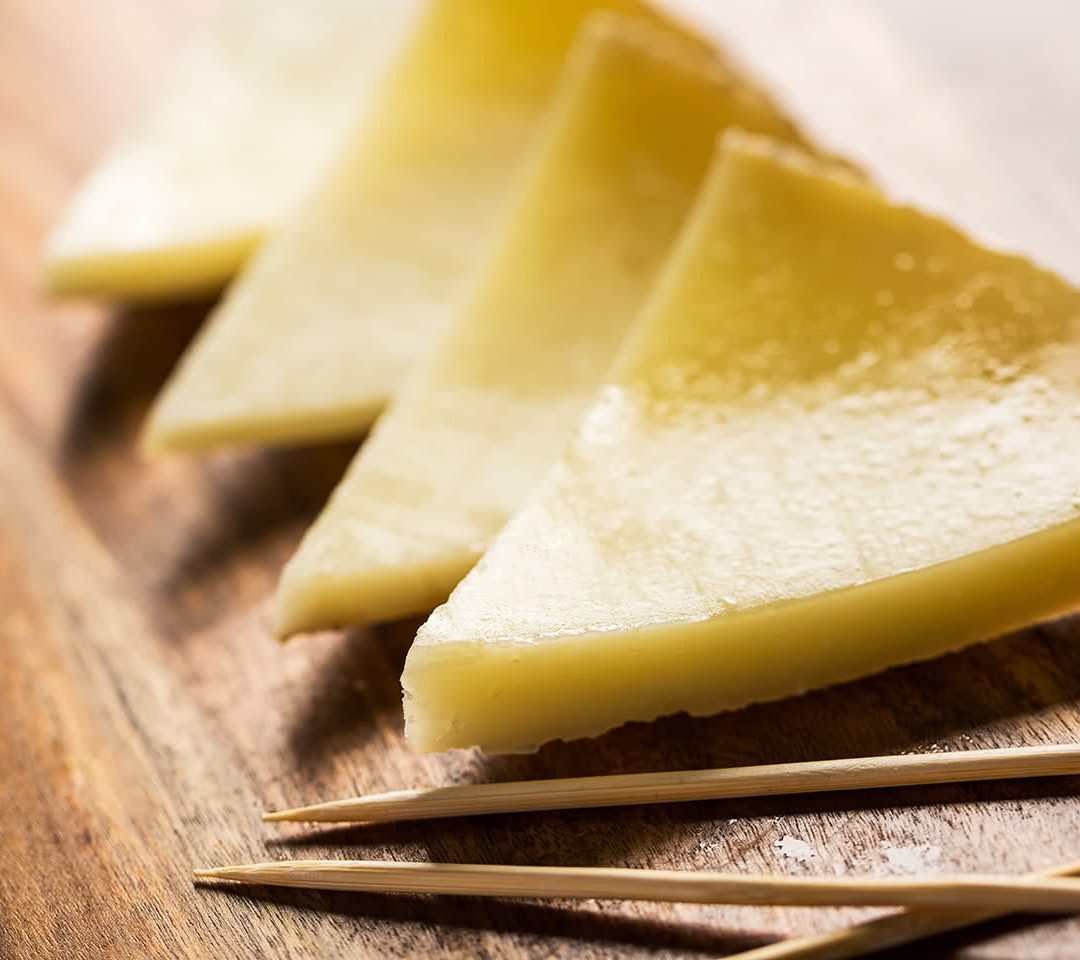
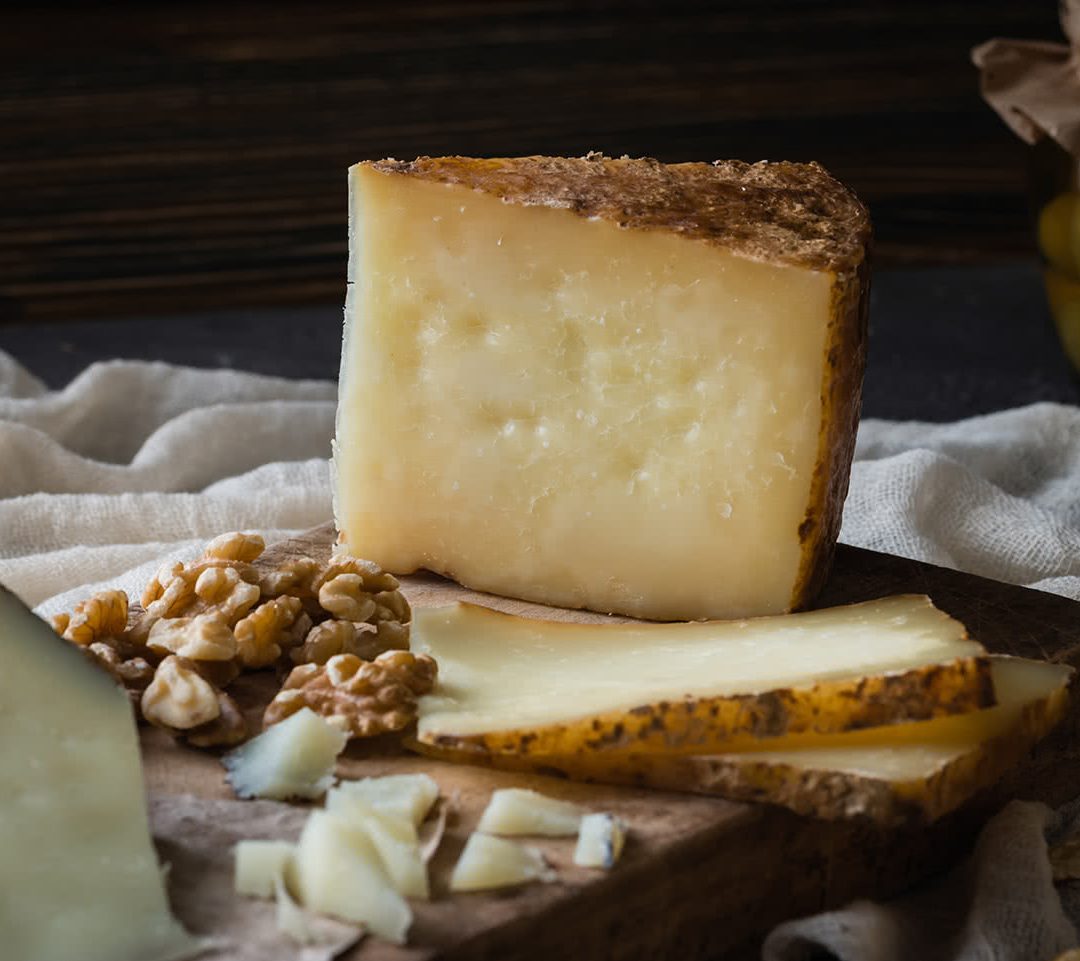
Manchego
-
Kitchen Spanish cuisine
-
Allergens Milk
-
Basis Eggs / milk products
-
For who Fans of classics
What is manchego?
Manchego (pronounced “man-CHAY-go”) is a semi-hard/hard, golden-yellow cheese that is made in the Spanish region of La Mancha. The cheese is recognisable by the herringbone pattern etched into the crust on the outside. Manchego has a nutty taste, a dry-yet-creamy texture and is made with the thick, whole milk of Manchego sheep which graze in the steppe-like Dehesa landscape in the west of Spain. In other parts of the same landscape, the pigs from which Iberico Ham (Jamon Iberico) is made are found.
The cheese is aged; after two to four months of maturation, you have Manchego curado, after one year the cheese is Viejo (old). The longer the ripening time, the drier and stronger the cheese taste becomes. By the way, fresh unripened Manchego is also available – Manchego fresco – although it is not officially counted among the “real” Manchego cheeses.
Did you know...
Archaeologists have found evidence that cheese has been made in the La Mancha region since ancient times.
How to make manchego
The production of Manchego cheese has been under a protected designation of origin (PDO) since 1984. This means that Manchego can only be made on the central high plateau of La Mancha with milk from the Manchego sheep, a primordial race that has been grazing on the high plateau for thousands of years. The unique vegetation, or the grasses and herbs that grow there, give the milk and therefore the cheese their special taste. Classic Manchego is made from raw milk and this unpasteurised version is still available at small, traditional cheese makers. But most Manchego cheese available outside Spain is now pasteurised. Once the cheese has been made, it is matured in caves, again in the same La Mancha region.
How to eat
Manchego is always cut into thin slices and simply served with accompaniments. The traditional side dishes with a piece of Manchego are membrillo (a jelly made from quinces), marconas (a certain type of almond) and a glass of sherry or Rioja.
Please consider
Manchego is a popular part of a tapas board or buffet. It tastes great with tapas such as olives, Jamon Serrano or Jamon Iberico and fresh bread with a crispy crust.
Also try
Another cheese that is protected by a designation of origin is Greek feta. Feta is used to make the dishes spanakopita and Greek salad.

